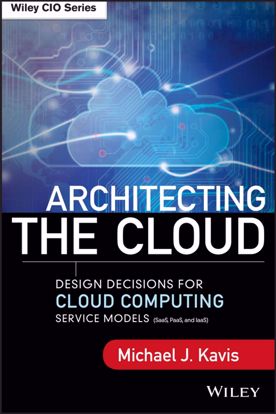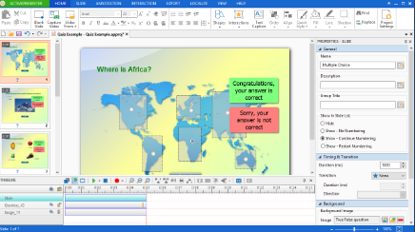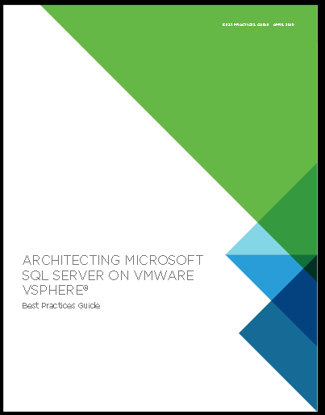Cookie giúp chúng tôi cung cấp các dịch vụ của mình. Đồng nghĩa với việc sử dụng được dịch vụ của chúng tôi, Bạn đồng ý với việc sử dụng cookie của chúng tôi ?
Bạn không có sản phẩm nào trong giỏ hàng của bạn.
Learners Ltd
Architecting the Cloud
An expert guide to selecting the right cloud service model for your business
Cloud computing is all the rage, allowing for the delivery of computing and storage capacity to a diverse community of end-recipients. However, before you can decide on a cloud model, you need to determine what the ideal cloud service model is for your business. Helping you cut through all the haze, Architecting the Cloud is vendor neutral and guides you in making one of the most critical technology decisions that you will face: selecting the right cloud service model(s) based on a combination of both business and technology requirements.
$30.30
Actionable Intelligence
Building an analysis ecosystem for a smarter approach to intelligence
Keith Carter's Actionable Intelligence: A Guide to Delivering Business Results with Big Data Fast! is the comprehensive guide to achieving the dream that business intelligence practitioners have been chasing since the concept itself came into being. Written by an IT visionary with extensive global supply chain experience and insight, this book describes what happens when team members have accurate, reliable, usable, and timely information at their fingertips. With a focus on leveraging big data, the book provides expert guidance on developing an analytical ecosystem to effectively manage, use the internal and external information to deliver business results.
$5.26
$4.76
ARCHITECTING MICROSOFT SQL SERVER ON VMWARE VSPHERE Best Practices Guide
Microsoft SQL Server® is one of the most widely deployed database platforms in the
world, with many organizations having dozens or even hundreds of instances deployed
in their environments. The flexibility of SQL Server, with its rich application capabilities
combined with the low costs of x86 computing, has led to a wide variety of SQL
Server installations ranging from large data warehouses with business intelligence and
reporting features to small, highly specialized departmental and application databases.
The flexibility at the database layer translates directly into application flexibility, giving
end users more useful application features and ultimately improving productivity.
Application flexibility often comes at a cost to operations. As the number of
applications in the enterprise continues to grow, an increasing number of SQL Server
installations are brought under lifecycle management. Each application has its own set
of requirements for the database layer, resulting in multiple versions, patch levels, and
maintenance processes. For this reason, many application owners insist on having a
SQL Server installation dedicated to an application. As application workloads vary
greatly, many SQL Server installations are allocated more hardware resources than
they need, while others are starved for compute resources.
$0.00
Using VMware Workstation Pro 16.0
Introduction and System Requirements:
Host computers that run Workstation Pro must meet specific hardware and software
requirements. Virtual machines that run in Workstation Pro support specific devices and provide
certain features.
This chapter includes the following topics:
- Host System Requirements for Workstation Pro
- Virtual Machine Features and Specifications
$0.00
Hướng dẫn sử dụng Active Presenter 8
ActivePresenter là một công cụ tạo bài giảng điện tử, video hướng dẫn, và môi trường e-learning chuyên nghiệp.
$0.00
SQL Server 2017 on VMware vSphere 7
"SQL Server 2017 on VMware vSphere 7" là một tài liệu hướng dẫn chi tiết về việc triển khai và quản trị hệ thống cơ sở dữ liệu SQL Server 2017 trên nền tảng ảo hóa VMware vSphere 7. Cuốn sách này cung cấp hướng dẫn cụ thể về cách tích hợp SQL Server 2017 vào môi trường ảo hóa VMware vSphere 7 một cách hiệu quả và đáng tin cậy.
$0.00






